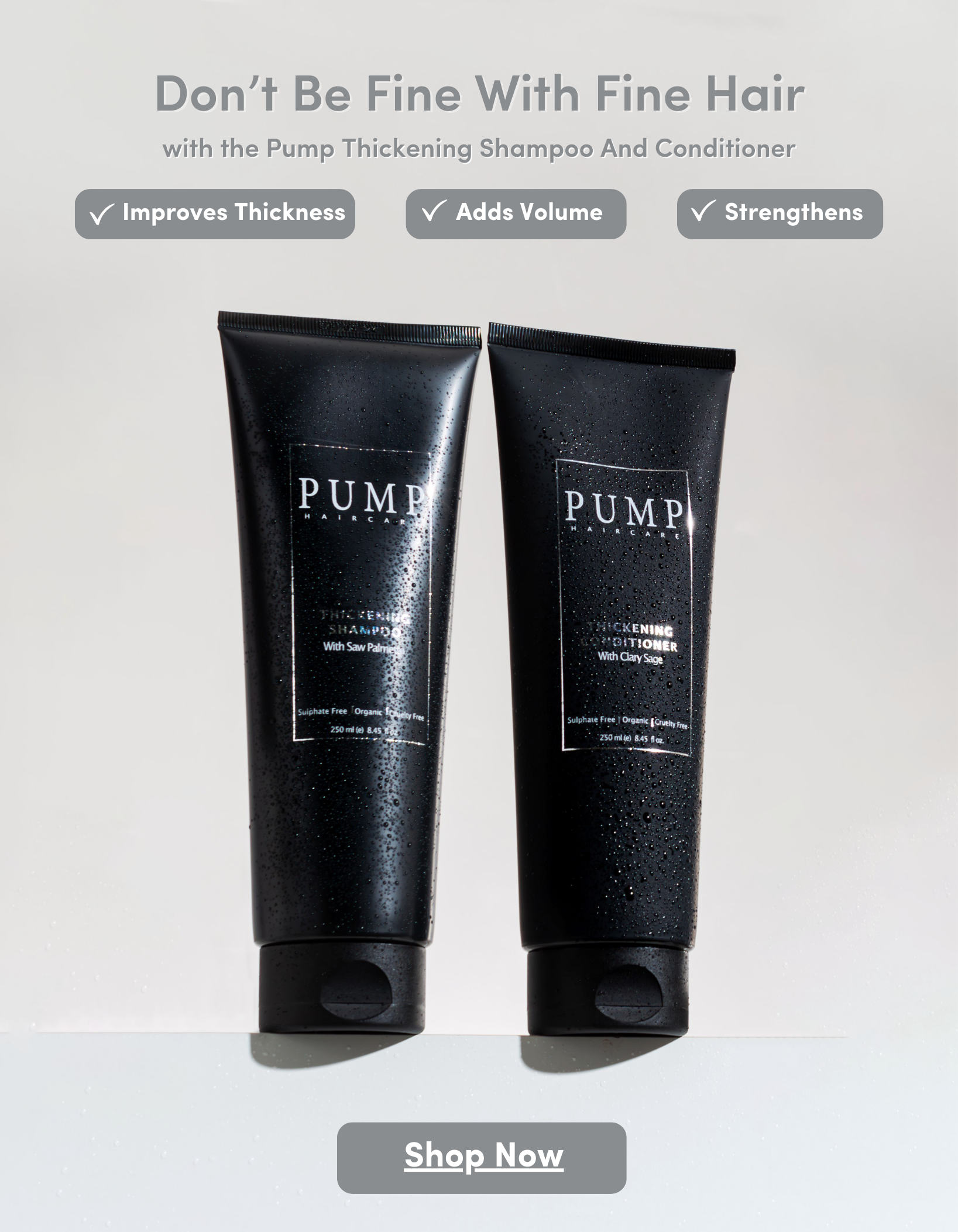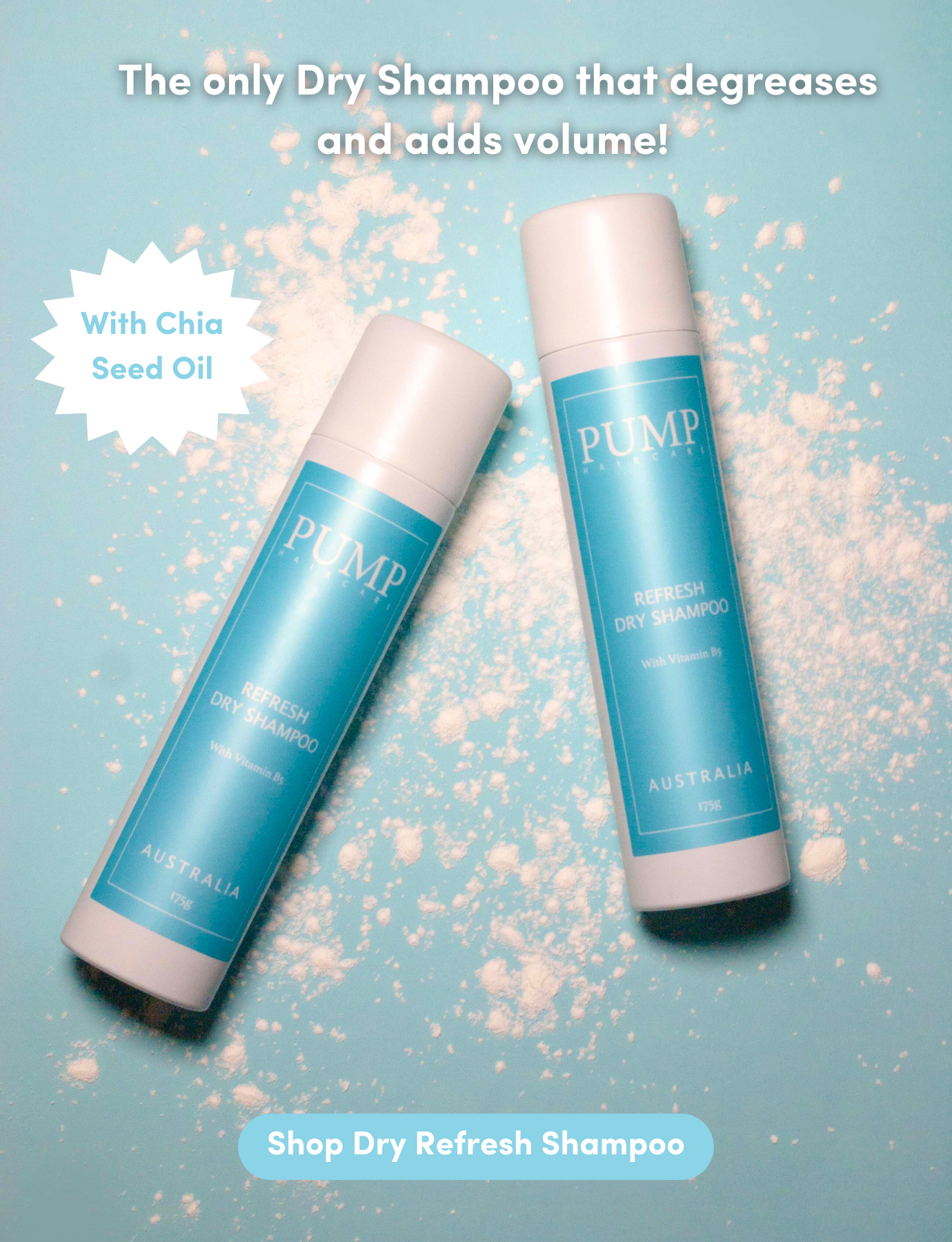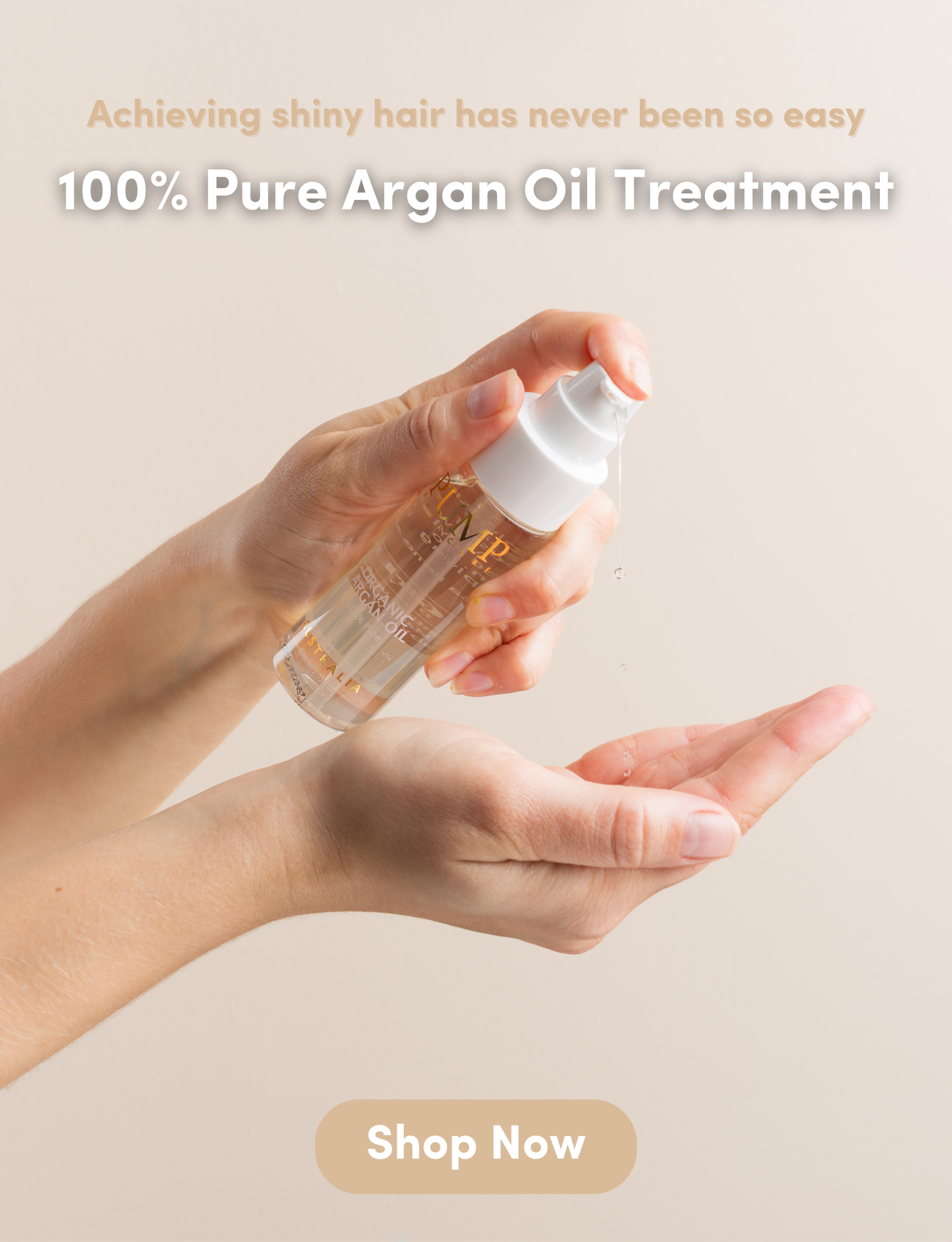Dealing with fine hair can sometimes feel like a never-ending battle as the fine texture is difficult to style, tends to feel oilier and does not respond well to products. But don’t worry, if you are struggling with fine hair, you are not alone. While it can be genetic, there are several steps you can take to have your hair look more volumised and texturised. In this blog, we’ve broken down how to care, style and bring volume back to your hair to help you get the look you are after.
What Is Fine Hair?
Fine hair is distinguishable by having thin hair strands and often lacks volume. Compared to coarse or thicker hair, it often appears limp and lacks volume. This can be due to genetics, nutrient deficiencies or environmental stressors.

Fine hair vs thin hair: Are they different?
Fine hair and thin hair are used to describe two different hair characteristics Fine hair describes how thick the individual hair strands are whereas thin hair refers to the overall volume of your hair. Whilst you can have fine hair that leads to your hair looking thinner, they are two different characteristics.
How to Care for Fine hair
Looking after your fine hair requires you to take a gentle and consistent approach. Here are the best practices for caring for fine hair:
1. Selecting the Right Products
When selecting what products to use, always choose ones that are lightweight or are designed specifically for fine hair to give you texture and volume without weighing it down. Meaning, that you should avoid heavy gels, oils or conditioners that will clog your pores and lead to increased oil production or weigh down your hair stands.
2. Don’t Overwash
Everyone’s hair is different so how often you should wash your hair can vary. However, as a good rule of thumb, it is best to wash your hair two times a week maximum to give your hair and scalp time to naturally regulate itself. Start with less washes and adjust the frequency as needed.
3. Scalp Massage
Doing scalp massages can help stimulate blood flow and encourage your hair follicles to grow. Using a lightweight oil, gently massage your scalp with circular motions. Repeat weekly or as necessary.
4. Nutrient-rich Diet
Whilst having fine hair can be due to genetics, ensuring you are getting the right vitamins and minerals, such as biotin and keratin, will help your hair grow thicker. Incorporating a hair growth vitamin into your diet can also give your hair the extra boost it needs to grow fuller and more voluminous.
How to Style Fine Hair & What Are the Best Styling Products for Fine Hair
If you are struggling with thin hair it can feel challenging to style your hair to appear more voluminous. As your hair follicle is quite thin, it is best to stay away from products that may weigh your hair down, such as thick oils or creams. Opting for lightweight mousses or hairsprays can help add texture and volume to your hair without making your hair flat and heavy. Using a thickening powder can also increase the texture and volume of your hair and is a great styling solution for fine hair. Additionally, using dry shampoo is another great way to add more texture and volume to your hair as it absorbs any excess oils and gives your hair an extra volume boost in between washes.
What haircut you have can also make a difference in how thick your hair appears. For example, having a bob or lob haircut with a blunt and chunky bottom can help your hair appear thicker. Curtain bangs are another way you can frame your face and add texture to your hair without thinning it out.
How to Volumise and Texturise Fine Hair
As mentioned above, using a dry shampoo or thickening powder is a great way to increase volume. However, there are also hair care practices you can use in conjunction with or instead to increase texture and volume. Such as:
Blow-dry Upside Down
How you dry your hair could be the determining factor in adding volume. Try blow-drying it upside down by flipping your hair forward, this will help to create more texture and volume from your roots.
@anneli.bv Gives more volume! #haircare #hairstyle #hairhack #volumehairhacks ♬ Collide (more sped up) - Justine Skye
Backcombing or Teasing
Gently backcombing or teasing the roots can also add volume and texture, however, do this sparingly as you may cause breakage to the hair strands if you’re not careful.
Curling
Curling your hair using a heat styling tool or heatless curls methods can add dimension to fine hair, making it appear fuller. Make sure to use a heat protectant if you are using a heat styling tool to protect your hair strands.
Avoid Heavy Conditioners or Oils
If you are trying to volumise your hair, it is best to stay away from any products that may weigh it down such as thick conditioners or oils. Opt instead for lightweight conditioners and oils, applying them at the base of your hair rather than your scalp. This is due to your scalp being more prone to oiliness as well and fine hair stands can clump together if heavy products are used.
What Oil Is Good for Fine Hair?
Although hair oils can often weigh down fine hair and make it appear greasy, several lightweight oils nourish and moisturise your hair without weighing it down. It is important to note that amount matters, so always start with a smaller amount and increase the frequency and amount as needed. Here are the oils we suggest to use if you have fine hair:
Argan Oil
Argan oil is a deeply nourishing, lightweight natural oil that has been used for centuries in hair care practices. Its composition is made up of vitamin E and essential fatty acids which help your hair's elasticity and increase shine. It also provides deep hydration and reduces frizz without heavily weighing down your hair strands. It can be used as a heat protectant as well before heat styling.
Almond Oil
Almond oil is another juicy, lightweight option that increases the strength of the hair follicles and gives your hair an extra shine without making it greasy or flat. It also deeply conditions and gives your hair follicles strength as it contains magnesium, calcium, vitamin E and D, making it an ideal choice for fine hair.
Jojoba Seed Oil
Jojoba seed oil is one of the best for fine hair as its composition most closely resembles the natural sebum production our scalps make. In turn, it helps to regulate and balance your oil production. If you are suffering from an oily scalp in conjunction with fine hair, this oil is your top choice.
Avocado Oil
Avocado oil is packed with vitamins and minerals which nourish and moisturise the hair without making it greasy as its lightweight texture doesn’t affect the hair strands.
Grape Seed Oil
Grape seed oil is known for being non-greasy and lightweight as well as strengthening your hair strands, making it an ideal choice for nourishing fine hair. It is also known to protect you from hair thinning and reduce breakage as it contains Linoleic acid and antioxidants.
Common FAQs about Fine Hair
Does fine hair get oily faster?
Yes, fine hair tends to get oilier faster as the oil produced on your scalp can easily travel down the hair strands compared to thick hair. To prevent this, wash your hair with lukewarm water, use sulphate-free shampoos and avoid overwashing your hair as these practices can strip your hair of its natural oils, causing your scalp to produce more in response.
Are boar bristle brushes good for fine hair?
Using a boar bristle on fine hair can be beneficial as they distribute your natural oils evenly along the hair follicle, leaving you with a healthy shine. However, you should always be careful and gentle when brushing fine hair as it is more prone to breakage.
Can fine hair be permed?
Yes, you can perm fine hair, however, chemical treatments can alter the structure of your hair so having a perm may cause damage if not done correctly. It is best to consult a hair care professional and discuss how to properly maintain your hair post-perm so it stays as healthy as possible.














